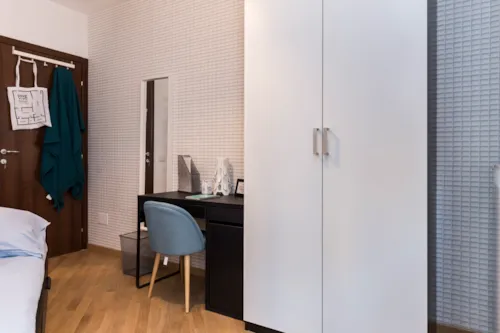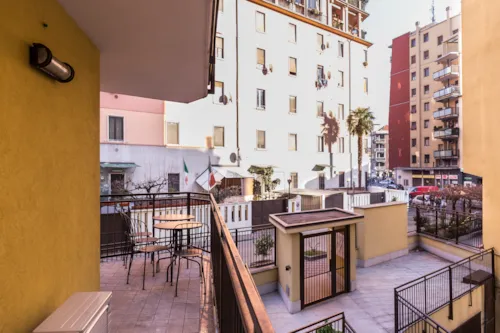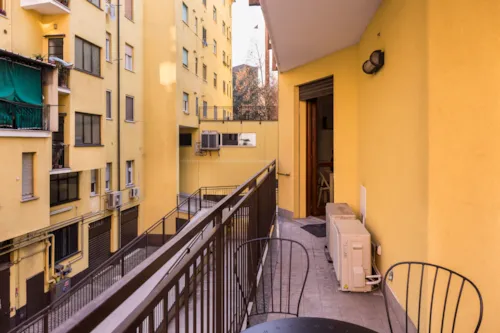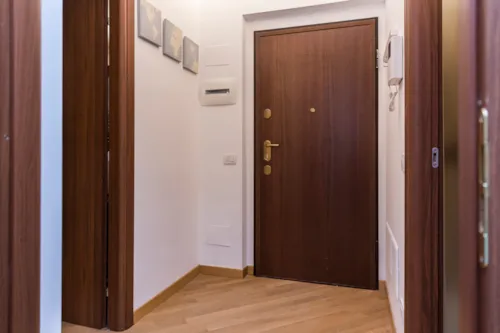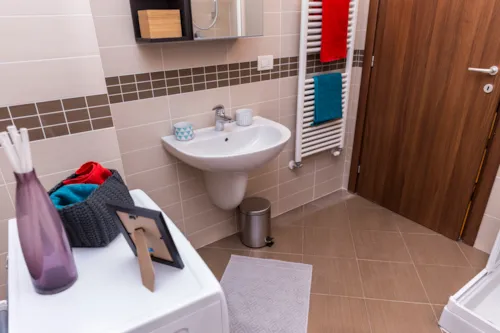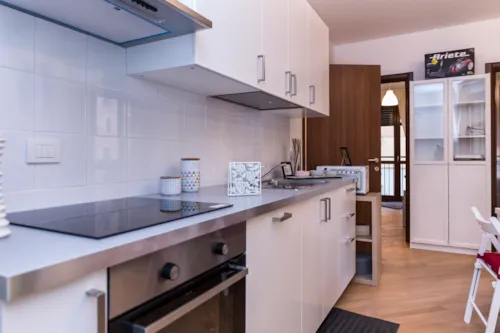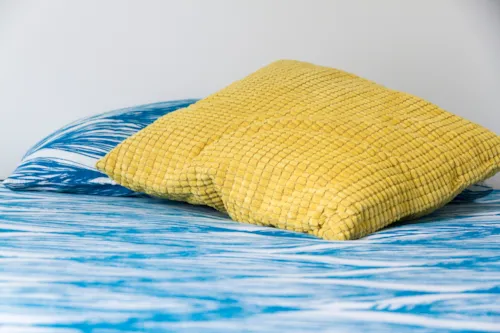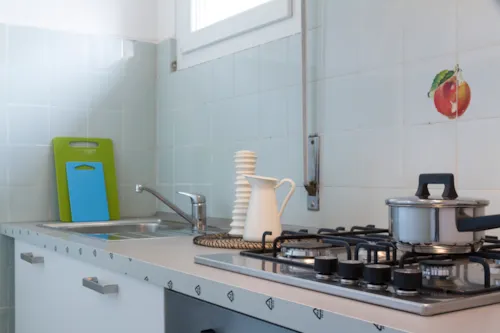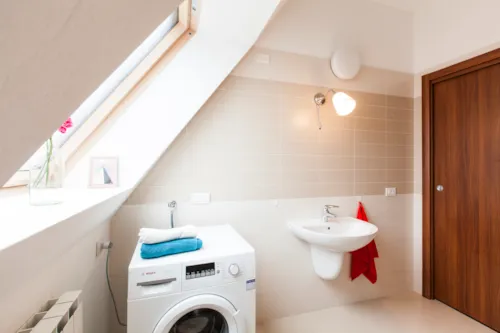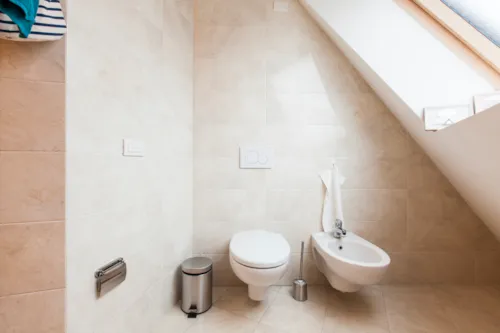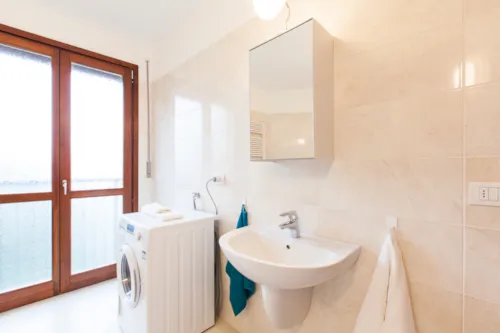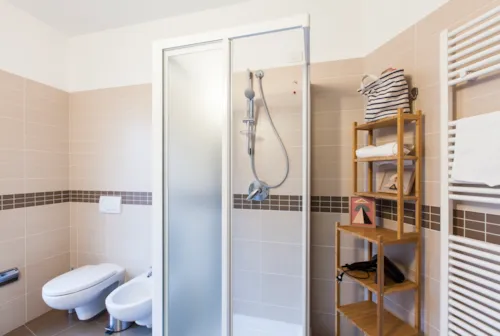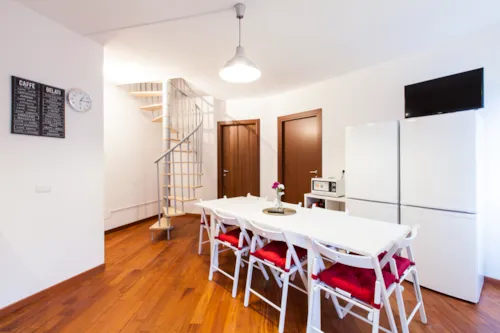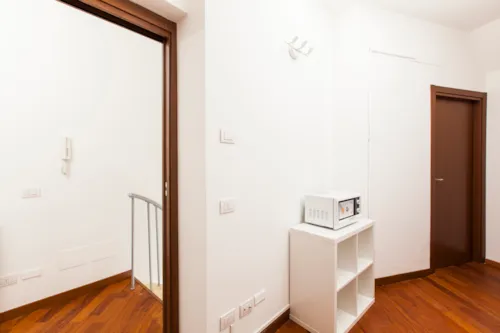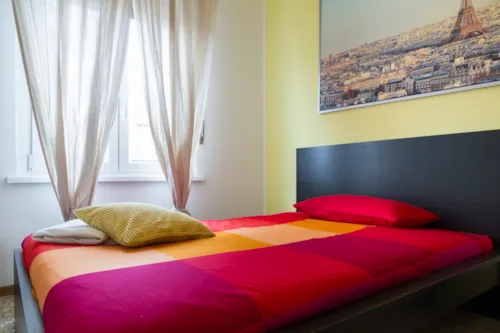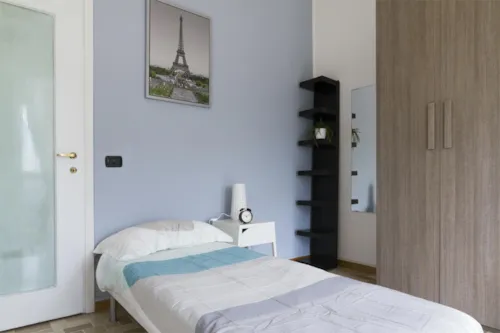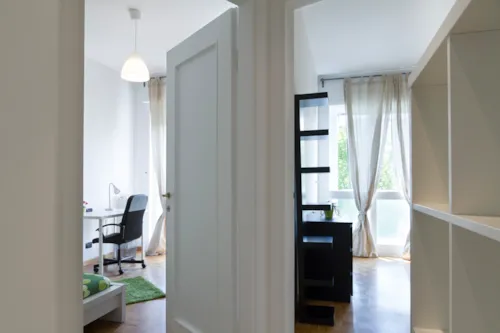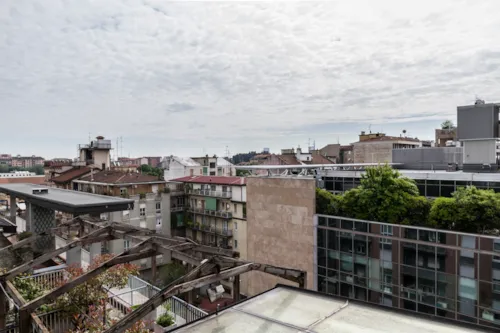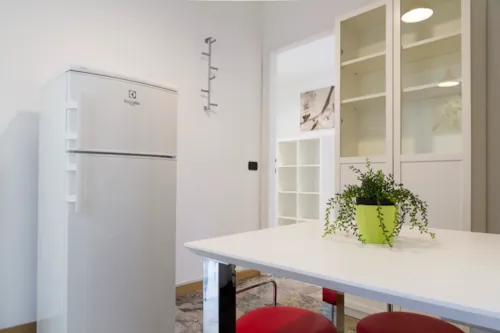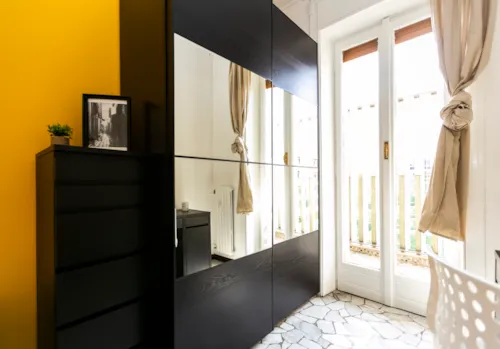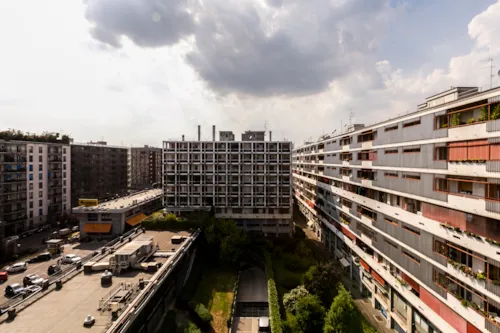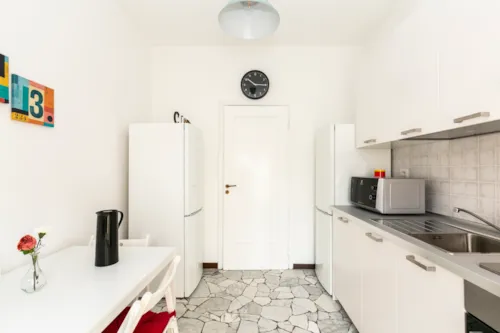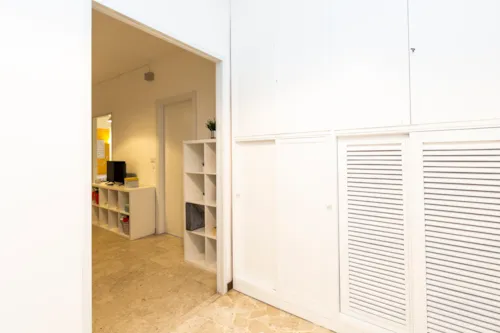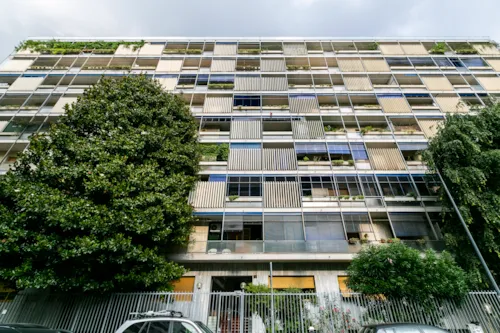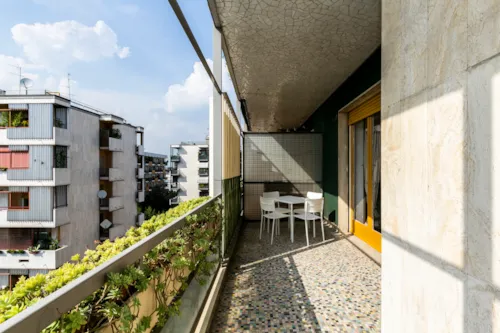Città Studi & Lambrate
The Città Studi and Lambrate districts are adjacent to each other and are located in the north-east of Milan. In Città Studi there is the greatest concentration of academic institutions in the city and this is where it gets its name. In fact, the buildings of the Milan Polytechnic, PoliMi, and the scientific departments of the University of Milan, UniMI, are located here. Piazza Leonardo da Vinci, headquarters of the Politecnico, which has been training engineers, architects and now designers for over a century, is also the heart of the district. In the square there is a circular park, various kiosks and food trucks frequented mainly by students. Nearby, on Viale Romagna, is also the Casa dello Studente, the largest student hostel in the city since the 1930s. Not far away is also the Zona delle Regioni, another beautiful Milanese area between Viale Piceno and Campania characterised by middle-class houses. Lambrate, on the other hand, takes its name from the Lambro River that passes through the area and years ago was an industrial area that has been regenerated over time. Now it is a famous and established place because it becomes one of the Design Districts during the Milan Design Week. In this neighbourhood there is also the Lambrate Station, which makes it a hub for commuters, students and travellers offering short and long-distance trains. In addition, both districts are perfectly connected by bus, tram and metro to all other areas of Milan. The reference stops on the M2 line are Piola for Città Studi and Lambrate for the district of the same name.
We have no availability in this neighborhood
What to see and do
In Città Studi there are not only universities, but wandering around its streets you will discover many things worth seeing, learning about, and visiting. For example, even if you just take a walk, you can admire buildings with colourful façades, such as the famous headquarters of Toiletpaper, the magazine of images only born in 2010 from the creative mind of Maurizio Cattelan and photographer Pierpaolo Ferrari. Even if you are not an engineering or architecture student, you can pass by Piazza Leonardo and visit the Poli, as it is affectionately called by everyone in the city. It comprises six symmetrically distributed buildings and was designed by Gaetano Moretti and Augusto Brusconi, two architects who were also lecturers at the university. Not far from the Polytechnic is an Art Deco building, nicknamed the Kremlin because of its domes and its style reminiscent of the Soviet style.

It is actually the Giuliana Ronzoni Chemical and Biochemical Research Institute, a private foundation. Another interesting destination is the Orto Botanico Città Studi (Botanical Garden of Città Studi), in via Golgi, where you can find many species of Lombard plants, as well as three greenhouses used for research by the university's scientific staff. Continuing towards Lambrate, a must-see is the Lambro Park, one of the largest in Milan, where you can go for walks or bicycle rides, picnics and relax in the sun during the summer, jogging and sports activities. In addition, there are dog areas, refreshment stands and an area dedicated to skateboarders, known as Lambrooklyn, access is free for all. Another symbol of the neighbourhood is the Martinitt Theatre, opened in 1932, whose name refers to orphans and abandoned children. In fact, in the beginning it was a place dedicated only to the educational entertainment of orphans and later became a full-fledged theatre open to the public. South of Lambrate is the Ortica neighbourhood, which especially in recent years has been redeveloped also through the work of street artists who have painted beautiful murals. The name Ortica derives from the presence in the past of many vegetable gardens where nettles easily grew. In addition, there are several dance halls and cooperative clubs here that tell the proletarian history of the neighbourhood.
Where to eat and drink
In the Città Studi and Lambrate districts, there is no shortage of places to have dinner, an aperitif or just a beer with friends. From street food to trattorias, there are offers for all tastes in places perfect for students and workers alike. For example, Upcycle Milano Bike Cafè, you can already guess from the name that it is a place for two-wheel enthusiasts and is also a bar, pub, restaurant and coworking space. If you are looking for a place to eat good fish there is Il Delfino, the portions are quite generous without spending too much. If you are more of a meat person, Al'Less offers boiled meat as its main dish, but you can also find other traditional Lombard dishes. Another option for eating Milanese cuisine is La Piola, the style is classic trattoria style with red and white tablecloths.


Moving on to ethnic restaurants Mandarin 2 for Chinese cuisine, Ginmi, the first Korean restaurant to open in the city, Maoji Street Food for Asian-style appetisers, Vietnam Mon Amour serving Vietnamese specialities. If you fancy a pizza, you must try La Cappelleta in Lambrate, an establishment that is a real institution. The location is typical and friendly, and the pizza is by the slice high and full of mozzarella. Not far from the station is Osteria Milano, which offers a varied menu and entertainment of live music and jam sessions. For an Italian aperitivo you will find Baobar in Città Studi, the kiosks in Piazza Leonardo if you feel like being outdoors, the Union Club a few streets away, Twain which is a lounge bar. Or the Moscow Mule in the Lambrate area, which is also excellent for an after-dinner drink, but above all the Birrificio Lambrate, award-winning for its craft products and a must for those who live, study or work in the area, but also for everyone else. For an experience that takes you back in time, organise an evening at the Balera dell'Ortica, in the district of the same name. It is a bar, a bowling alley and a restaurant where you can enjoy typical home-made dishes, but it also has a dance floor. This place is very fashionable among young people who frequent it for aperitifs and dinner, for garage markets and, also to dance and spend an evening in a vintage and somewhat retro atmosphere.

Events and art spaces
Città Studi is a lively neighbourhood, not only because of the presence of many young people, but also in terms of the art scene. In fact, some of Milan's most interesting art galleries can be found here, such as Galleria Massimo De Carlo, interesting both for its exhibitions and the beauty of its premises, or Casa Corbellini-Wassermann designed by Piero Portaluppi in the 1930s. The Ribot Galley, on the other hand, hosts individual exhibitions of mainly foreign artists, offering them the opportunity to show their work in Italy for the first time. Inside a historic Art Nouveau building is Futurdome, a space that is used to host exhibitions or even cultural events. Ncontemporary is also a space that aims to give visibility to emerging artists so as to contribute to the continuous flow of national and international culture.
In Lambrate, there is the Spazio Ventura where exhibitions and events dealing with architecture, art and design are organised. During important city events such as Fuorisalone, which accompanies the Salone del Mobile, and the Milan Design Week, it becomes one of the main venues. A permanent fixture, inspired by London markets, is the East Market, the local flea market that has become increasingly popular, attracting both locals and tourists.Returning to street art, in front of Lambrate Station is the Anthropoceano mural by artist Iena Cruz, which not only colours and brightens up the street, but was made with a special smog-catching paint called Artlite. It therefore seems to be able to purify the air of pollutants. This is not only a work of street art, but also raises awareness of sustainability and care for the planet.

Some questions?
Have more questions?






